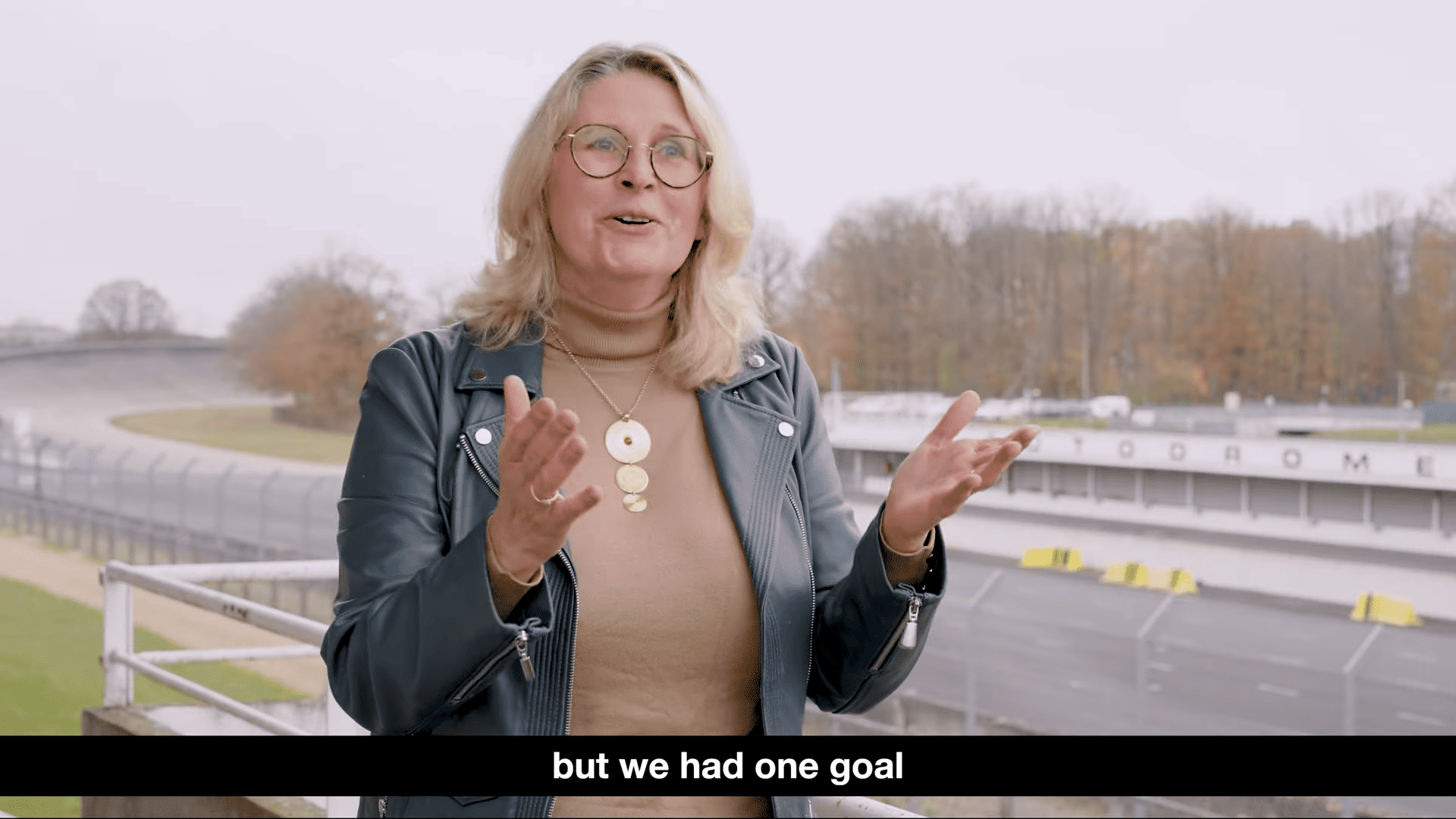Improving road safety
With the development of vehicle-to-everything (V2X) applications, Toyota was aware that it needed to be able to judge the precise positioning of a vehicle. Knowing that a vehicle is in a motorway lane is not enough; it is essential to know precisely which lane that vehicle is in to design solutions that will further advance the automotive industry.
Toyota wanted to use the pilot to increase its knowledge of edge computing and 5G to reduce latency and improve scalability and performance.
Making sure vehicle position is accurate and reliable
Orange expertise in the fields of connectivity and cloud made it a perfect fit. In essence, vehicle to cloud is a way to share messages in real time among road users to improve convenience, safety and traffic management and enable advanced use cases. However, the position information contained in the shared messages needs to be accurate and reliable for efficient awareness.
To improve such information, the combined technologies include high definition (HD) GNSS positioning and vehicle dead reckoning (VDR) running on a remote platform at the edge. HERE HD GNSS is a positioning service that provides low-level positioning accuracy for automotive, mobile devices and chipsets. Dead reckoning is the calculation of the current position of a moving object by using a previously determined position, including estimates of speed, heading and elapsed time.
5G wireless technology and edge computing highlighted the feasibility of processing onboard sensor data from the vehicle in real time in the cloud, rapidly returning the corrected position of the vehicle. Connected vehicles generate a massive amount of data, and processing data at the edge is essential to avoid overwhelming the system and keep costs down.
Together these technologies resulted in centimeter-level accurate positioning for an automated vehicle with timely warning for vehicles nearby thanks to the Orange V2X platform when an emergency vehicle is approaching so they can change lanes to avoid collisions, for example.
Business Outcomes
The research project was undertaken with automated vehicles in mind, providing a building block for cloud architecture for precise positioning capabilities. This is a significant step for innovation in the automotive industry.
The same technology could benefit other verticals, such as improving worker safety or for remote mining vehicles.
Toyota
TOYOTA is one of the world’s largest automobile manufacturers. Founded in 1937, Toyota now sells vehicles in 170 countries and employs over 300,000 people. Toyota Motor Europe (TME), involved in this project, is based in Brussels and staffed by 2,700.



